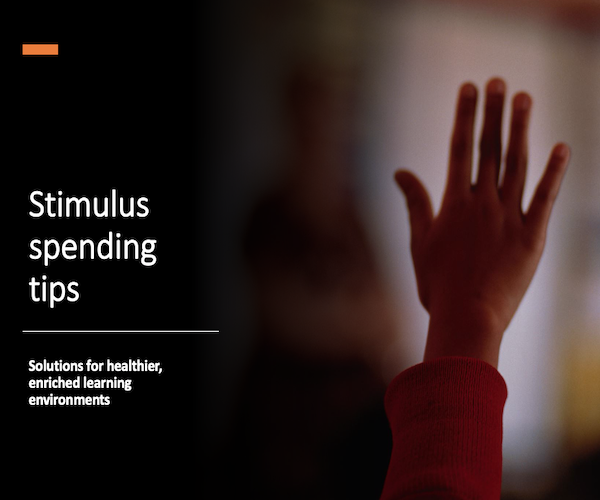A kindergarten bubble is looming in fall 2021 that could alter the traditional makeup of the early grades.
Many districts reported a drop in kindergarten enrollment in 2020-21, which means these students may return in bigger numbers in the fall.
According to the “Preparing Early Learners” report by testing agency NWEA, superintendents and their teams could see the following additional impacts on the kindergarten cass of 2021:
1. Greater age differences in kindergarten and some first-grade classrooms: The pandemic led many families to delay the start of school for their due to health concerns and the challenges and demands of online learning.
More from DA: 4 steps power high dosage tutoring in early literacy
Districts may have to create larger and split-age classes to accommodate a larger number of students will entering kindergarten later or starting school at first grade.
2. Wider skill disparities upon entry: Students who have had less access to early learning may start school further behind than normal while students who participated in remote instruction may be ahead of where they might have been in a normal year. This will likely exacerbate inequity.
3. Summer learning will be important: “Missing students” will enroll in 2021-22 without typical pre-K preparation.
A growing number of district leaders want to use summer school to address unfinished learning and better equip students starting school for the first time.
4. Data is key to decision making and understanding long-term implications: Educators are still assessing how age impacts non-academic development, such as social-emotional well-being and social-behavioral outcomes.
Data will therefore be critical in helping educators and families understand how to best meet the needs of young students.
“As students enter kindergarten or first grade this fall, closing these opportunity gaps will be challenging and it’s more important than ever that we come together as a community to support educators,” Tarasawa said.
NWEA offers the following recommendations for coping with the “kindergarten bubble”:
- Foster a sense of belonging and purpose: To cultivate strong relationships with and among students, educators should prioritize creating a culture of learning while modeling and practicing classroom routines.
- Collect and use a variety of data: To best differentiate instruction, use a variety of assessments to determine which students need to catch up and which need enrichment.
- Leverage individual conferences and small groups: Teachers can best personalize learning—and foster collaboration —through one-on-one, goal-setting conferences with students and small flexible groups for instruction.









